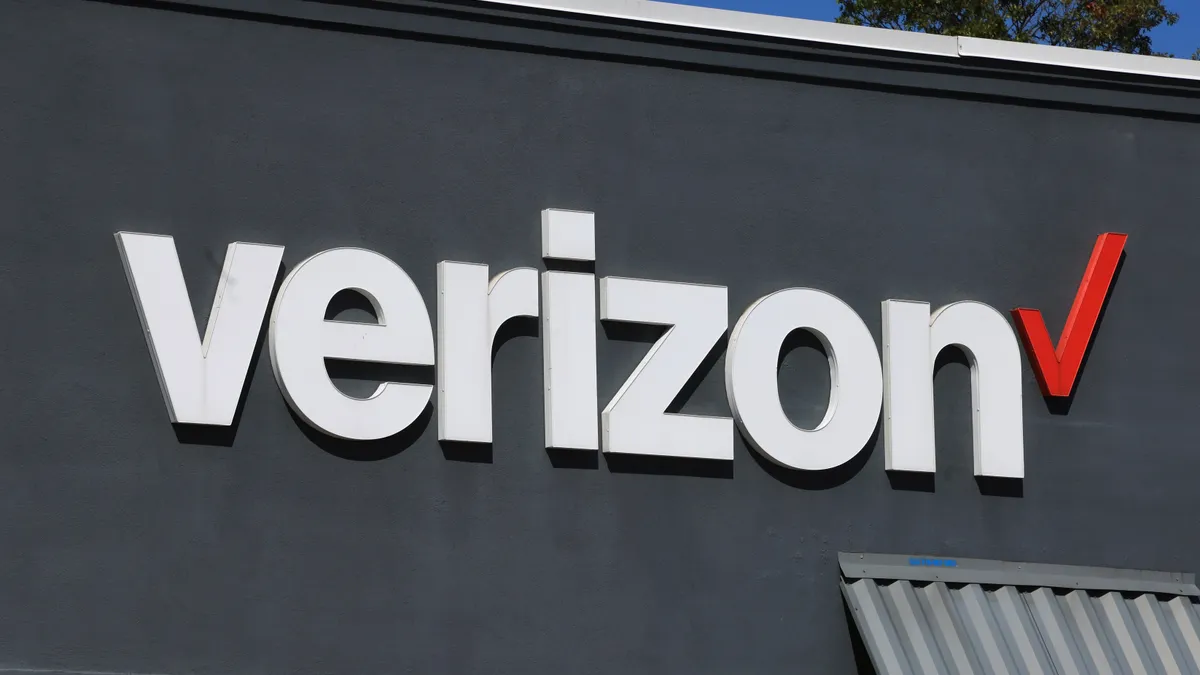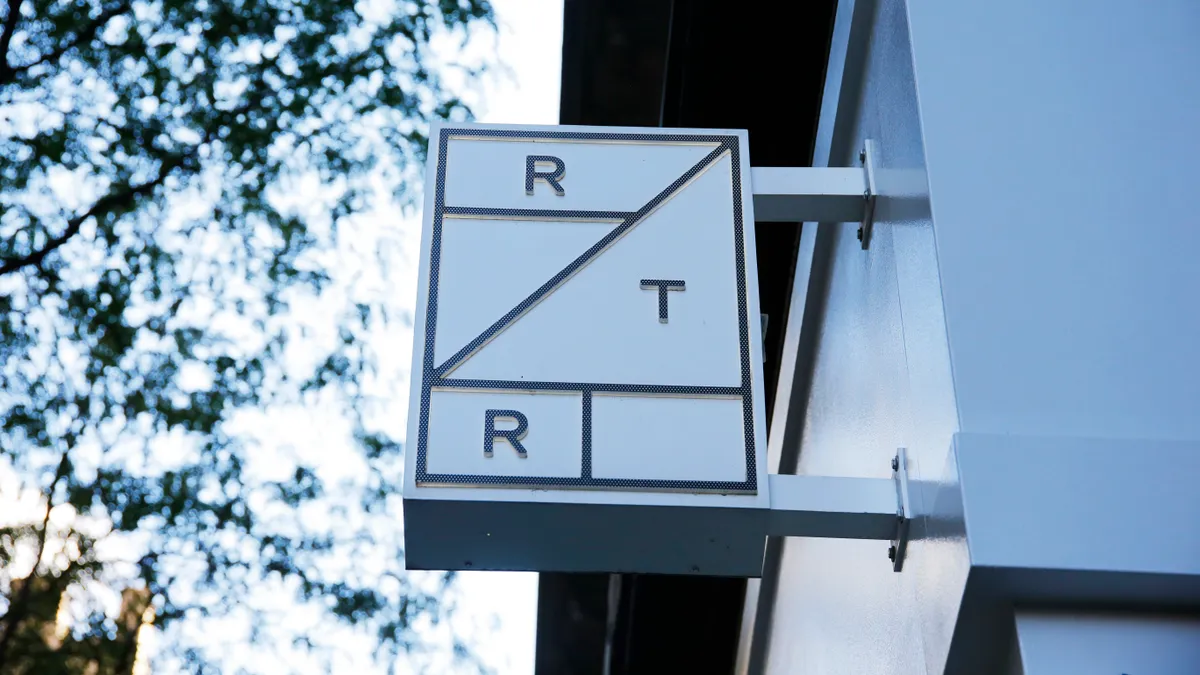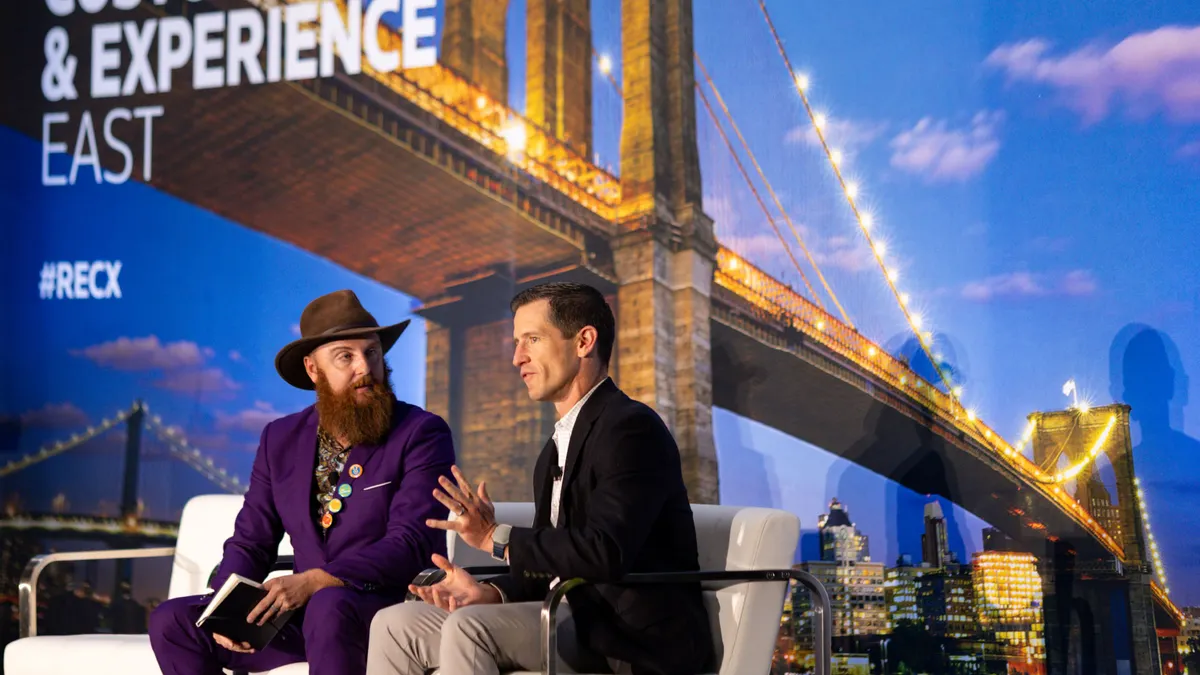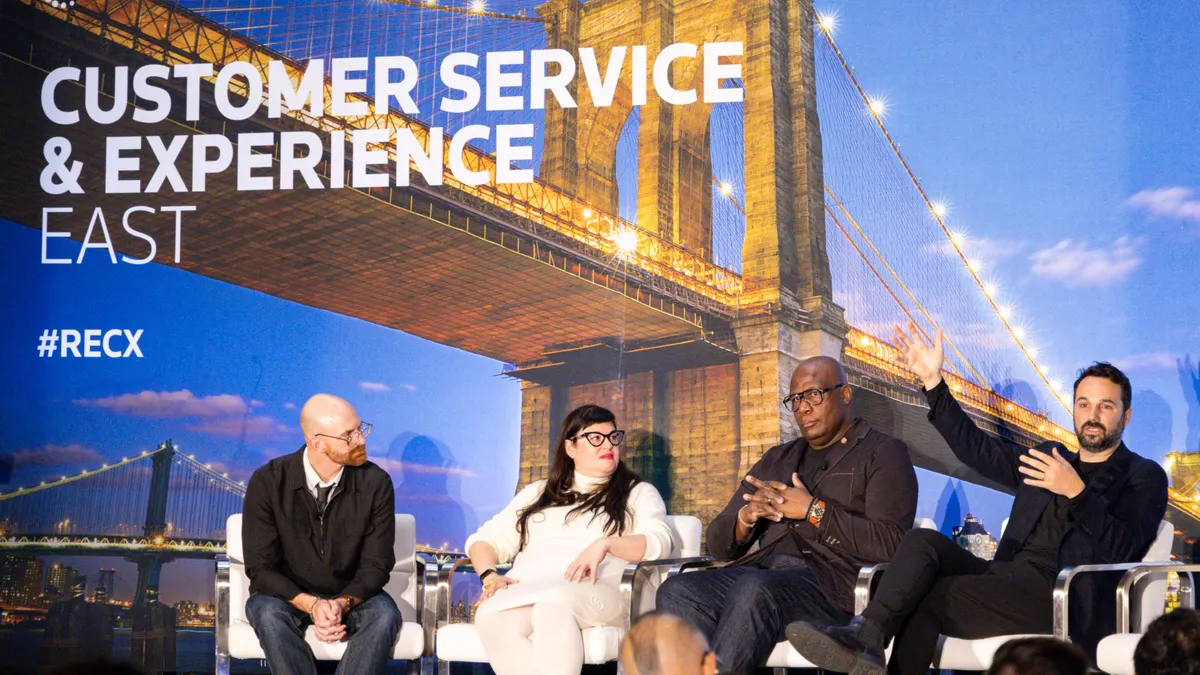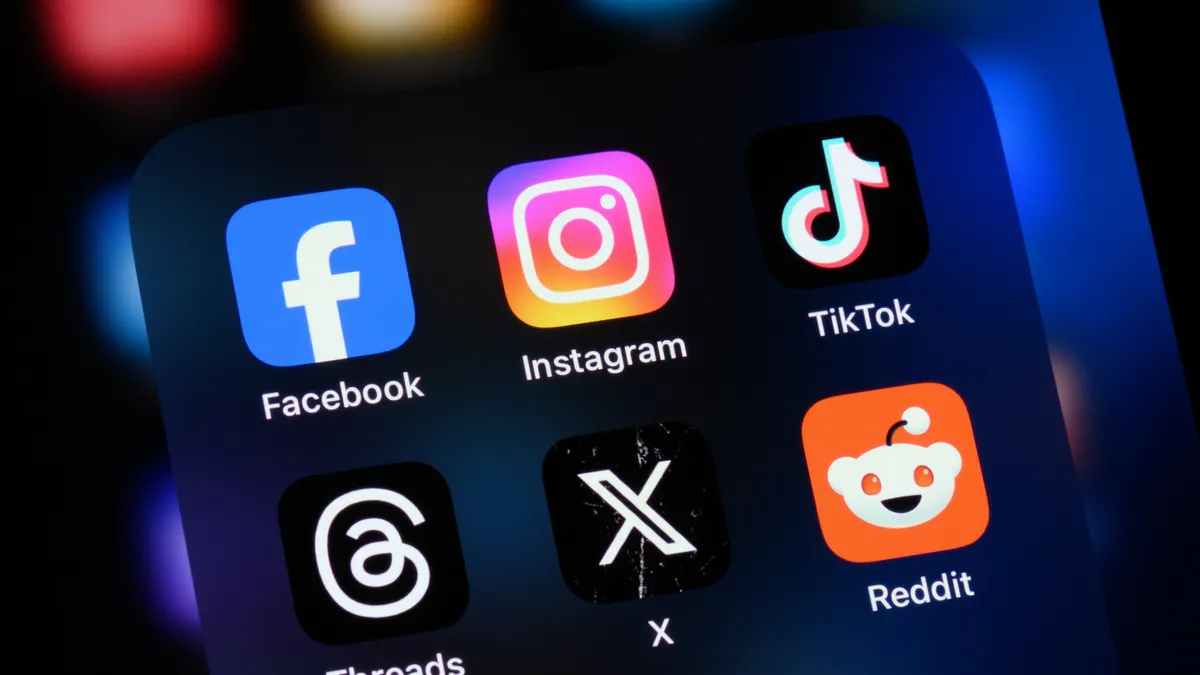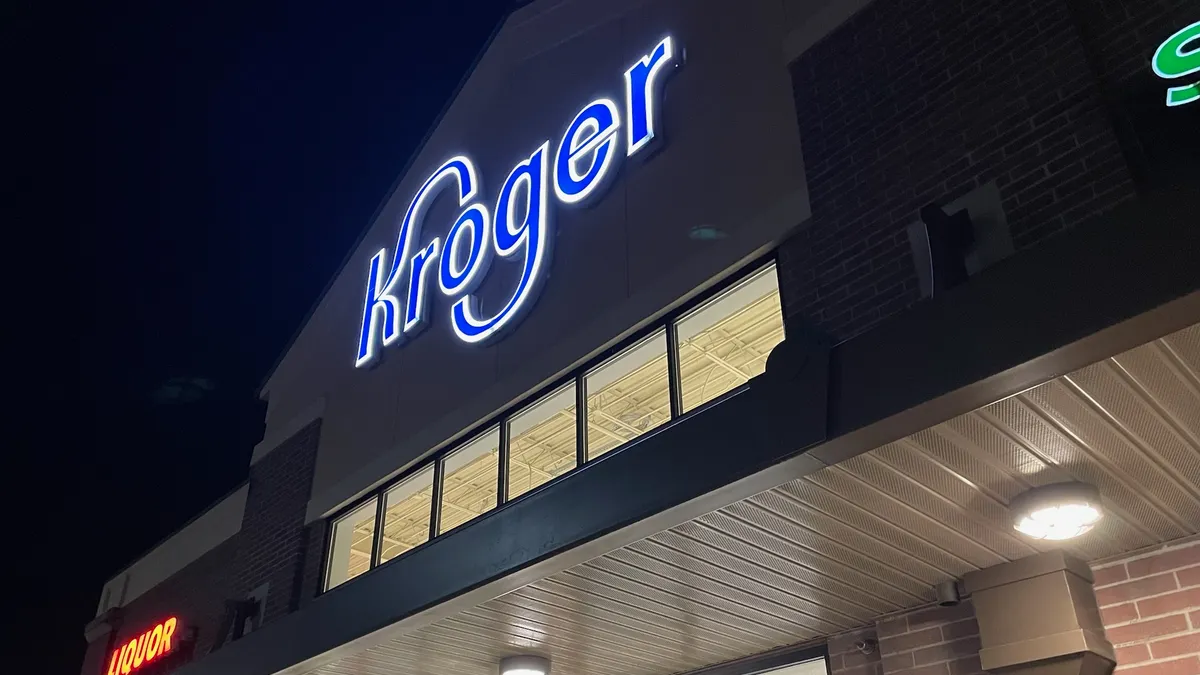The art of perfecting customer experience requires a lot of listening to find out what is or isn’t working. Gathering such information is easier said than done — especially when efforts are scattered across the business.
Call center transcripts, social media posts and the feedback sections of websites and apps are among the many channels where Verizon customers share insights, according to Deborah Campbell, VP of customer marketplace insights at Verizon.
“It's not just anymore about having the best product at the best price,” Campbell said during a Qualtrics webinar last week. “It is making sure that your customers are talking about you and they're saying the right things, and the best way to do that is to make sure that they are having a phenomenal experience.”
Even if individual teams are doing a good job analyzing the feedback relevant to their day-to-day needs, they are still only looking at a small part of the business, according to Campbell. And when everyone is operating in silos, they are only solving small problems, not big ones.
Verizon has worked to tackle this challenge with its Center of Enablement, a voice of the customer operating model that brings together its listening posts and customer research into a single team. The company has worked under the model, which is powered by tools created in partnership with Qualtrics and CX advisory and managed services vendor commonFont, for a little over a year.
However, the creation of the Center of Enablement was easier said than done, according to Campbell. Verizon’s CX team had to win over leaders and employees from across the business while proving its worth to the company as a whole.
Cutting through the politics
The creation of the Center of Enablement was actually the third time Verizon’s CX team tried to bring senior leadership onboard with its vision of more holistic and robust data capabilities, according to Campbell.
“Every time we started to talk about it, all the business partners heard was ‘centralization,’” Campbell said. “Anybody who works in a large corporation knows that the words centralization is synonymous with ‘You are going to tell me no’ and ‘You're going to slow me down while you're telling me no.’”
The solution? Verizon’s CX team positioned itself as a neutral party, according to Campbell.
Instead of talking about who “owned” the data, they focused on reassuring coworkers that this was not a power play but about skill sets. There was already more than enough work to go around, and the CX team was well equipped to dig into customer data.
Recent changes in leadership helped as well, according to Campbell. New leaders cited their experience working with similar programs at their old companies and ensured teams that the plan included putting together guardrails so that no personal information is at risk.
“It was cutting through the politics, walking away from anything that looked like a power play, and just acknowledging that at the end of the day, everything that we're doing is to benefit the customer, give them a voice, and ultimately get us to faster improvement on our customer experience,” Campbell said.
The role of branding
Language has a role to play in breaking down silos, and even the name Center of Enablement played a role in the creation of the model.
The industry standards for the acronym CoE is Center of Excellence. However, Verizon’s CX team wanted to avoid making it sound like they were the only excellent people at the business, according to Laila Forster, senior director of customer insights, enablement and innovation at Verizon.
“What my team was there to do was to enable the great work that was happening elsewhere,” Forster said. “And so when we started talking about it like that, it reflected the ways of working that we wanted to establish. It reflected the tone of the relationship that we wanted to build with our partners, and it really set us up as a helper rather than a hindrance.”
The team also presented the proposed model visually, portraying the Center of Enablement as a trunk of a tree and individual business units’ CX functions as branches, according to Forster.
“Everyone came together around this idea of a human connection and biological connection, a living connection between the trunk and the branches,” Forster said. “The trunk providing stability and support and nutrients to the rest of the tree, and the branches being able to bend where they need to be to gather the sunlight — to hear what our customers are saying.”
Bringing in every stakeholder
Once the Center for Enablement was established, it became a matter of integrating the model’s experience-led insights into action plans across Verizon.
The CX team ensures this by bringing all relevant stakeholders on board, according to Gareth de Klerk, senior director of experience management at Verizon Consumer Group. Feedback can affect anyone, from design teams to public relations, and it’s important to deliver relevant insights to the right people.
Data-driven conversations are the other key to the Center for Enablement’s success, according to de Klerk. The team always brings data, whether custom research or customer surveys, that help them explain why they are asking other teams to take certain actions.
The Center for Enablement’s strategy is already showing signs of paying off, according to de Klerk. Customer satisfaction for those who interacted with Verizon is on the rise.
“The metrics for every channel at Verizon has hit a high watermark in the first half of this year,” de Klerk said. “So it's not just the action we're driving. We're actually seeing a proof point through the metrics that matter in measuring the quality of our customer experience.”


